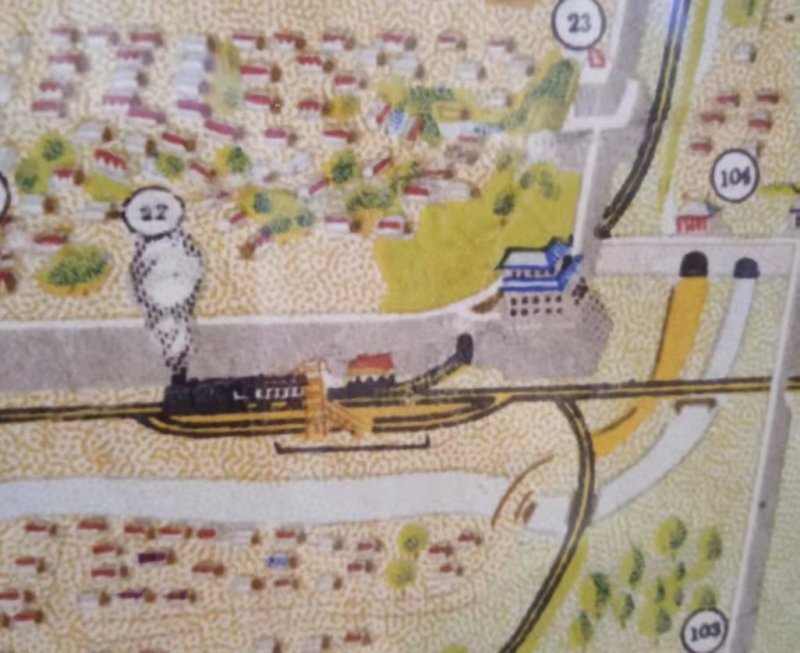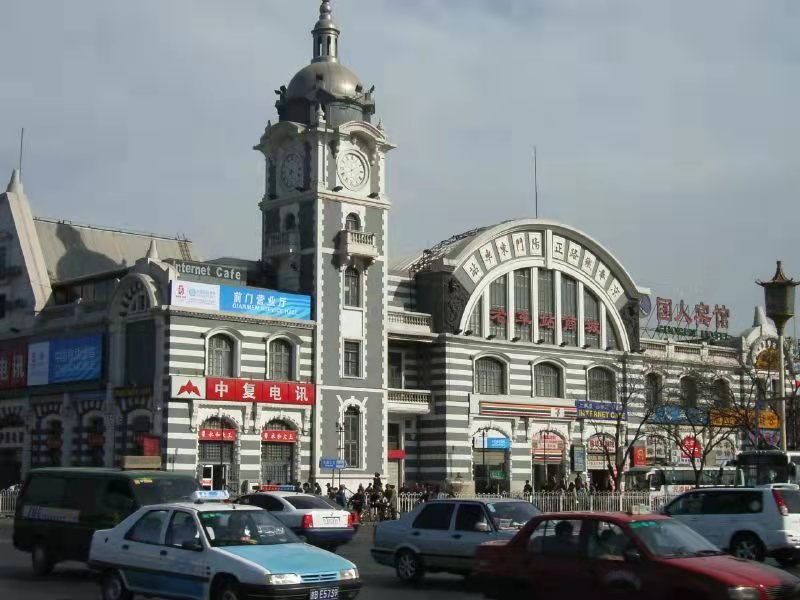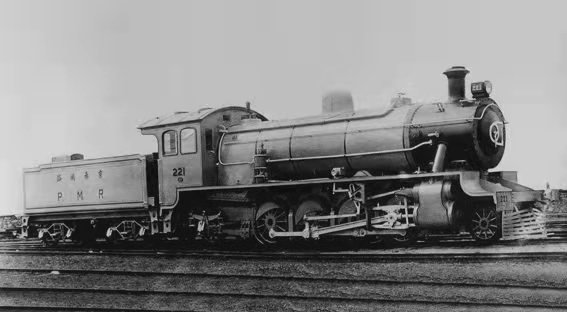Chugging into Beijing: A Hole into the Capital's Railway History
Beijing Railway Station sits just southeast of what was once the capital’s inner wall, with a multitude of tracks and trains coming out from within its bowels on a daily basis. But the station, built in 1959, wasn’t the city’s first rail based gateway. To find this, all you’ve got to do is go north to a hole in the wall.
This actual hole – not a restaurant – can be found at Ming City Wall Relics Park. More of a massive archway, it’s now used as a ticketing entrance to climb the wall, but was once meant for trains headed to and from the capital.

While it was a curve in the rails – one that allowed trains to go north and south, east and west, it led to and from Beijing’s original railway station in Qianmen.
Built in 1901 following the Boxer Uprising, the grand structure of this original Beijing Railway Station could give the new Beijing Railway Station (built in 1959) a run for its money design wise. The white and grey-tiled building features a rounded roof and massive clock tower, an eye catching display of Western architecture in the midst of Beijing’s gates and towers.

The station served as the terminus of what was originally known as the Kaiping Tramway, China’s second-oldest longest working railway. Having opened in 1881, the link traveled between the coastal cities of Tangshan and Tianjin before eventually being extended west to Beijing. It was also extended east to Shanhaiguan and, later, Shenyang.
Known by different names during its long history – including Imperial Railroad of China, Guanneiwai Railroad, Jingfeng, Pingfeng, and Beining Railway – when the PRC was born in 1949, they connected the line with links connecting Shenyang to Harbin to form the Jingha Railway, aka Beijing-Harbin Railway, which still operates to this day.

As for Zhengyangmen Station, it’s still open, but it’s been repurposed as a branch of the Beijing Railway Museum.
Heading inside, you’ll find a number of exhibits on the history of rail in China – most of which are in Chinese – with the upper floors being a mecca for train geeks. There are models of trains, miniatures of a number of the country’s newest stations, and even a gift shop with toy trains, railway-themed bottle openers and more.
Get lucky enough and you can try your hand at driving a high-speed train, with a simulator located on the museum’s second floor.

On the outside, it’s a good idea to trace your steps back to the Ming Relics Park, where an outline of the original railway still lies, right near an old signal station. Then, perhaps head through the archway and up to the wall, where Beijing Railway Station can be seen in the distance, trains coming to and going from the capital as they’ve done for years.
Ming City Wall Relics Park
9 Changwenmen Avenue, Dongcheng District
东城区崇文门大街9号
Beijing Railway Museum (Zhengyangmen Branch)
A2 Qianmen Avenue, Dongcheng District
东城区前门大街甲A2号
READ: Beijing's Other Wall: What's Left of the Capital's Defenses at Ming City Wall Park
Images: Vincent R. Vinci, Wikipedia







